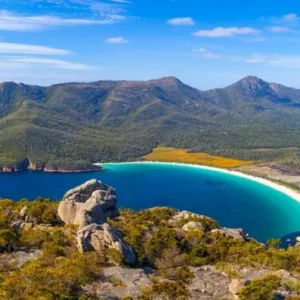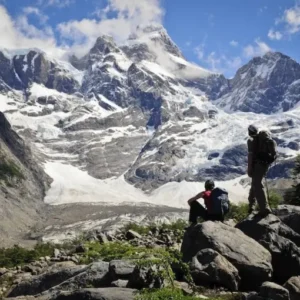Whether you’re heading to Australia for business or planning a long-awaited vacation in the land of kangaroos, a little preparation goes a long way. To ensure you have a smooth and unforgettable experience, here are the essentials you need to know before packing your bags.
Welcome to Australia – The Island Continent
Australia is the only country in the world that occupies an entire continent, surrounded by a collection of large and small islands. It’s a breathtaking land of natural wonders and rich cultural diversity.
If you’re joining a guided tour, chances are you’ll visit iconic destinations like:
- Sydney – a lively harbor city with golden beaches
- Melbourne – a cosmopolitan hub of culture and style
- Brisbane – a peaceful retreat offering unique outdoor adventures
Each city paints a different picture of Australian life, and together, they form a truly unforgettable journey.
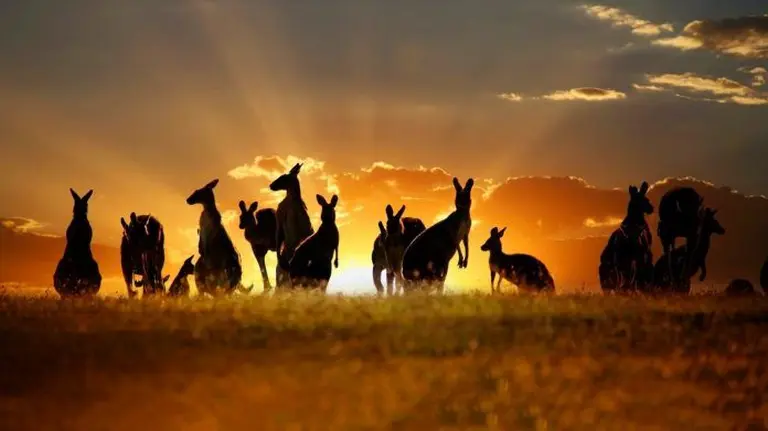
>> Ultimate guide to the Great Barrier Reef: Everything you need to know
Climate & Weather
Australia’s climate varies, but much of the country experiences tropical and subtropical weather, while only a small part has a temperate climate. The coldest areas are located in southeastern mainland Australia and Tasmania.
Seasons are opposite from the Northern Hemisphere:
- Summer: December to February (often hot)
- Winter: June to August
If you’re visiting during summer, be sure to pack sunscreen, a hat, and breathable clothing—temperatures can soar!
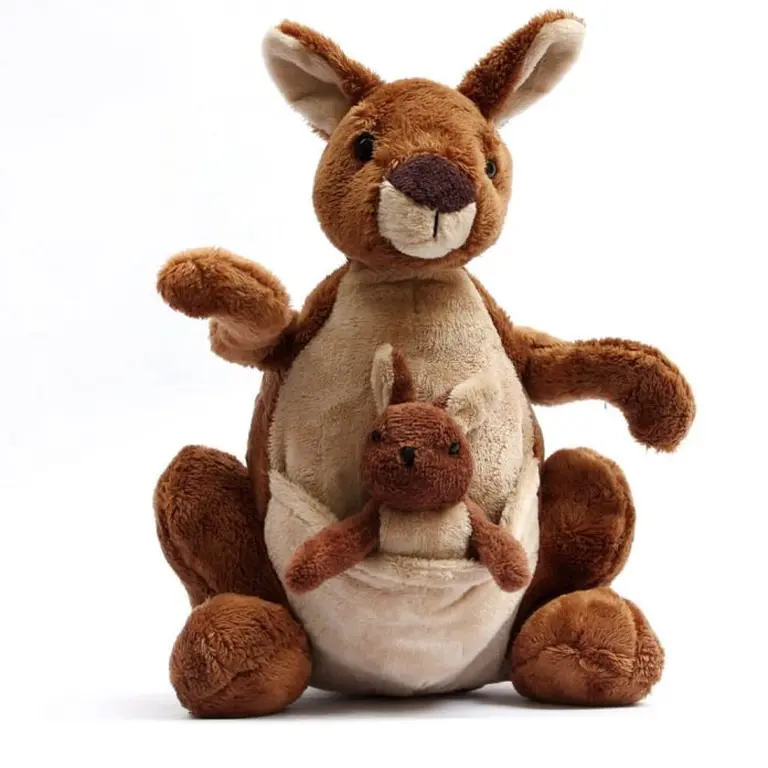
>> Barossa Valley: Where wine dreams come to life
What to Pack
Aside from your personal essentials, here are some handy travel tips:
- Bring a travel iron, as laundry and pressing services in Australia can be expensive.
- Carry no more than $5,000 USD in cash.
- Any valuable items over $300, such as professional cameras, should be declared at customs.
- Sharp items or hazardous materials (like knives, forks, lighters, or flammable products) are strictly prohibited in carry-on luggage. These must be packed carefully in checked baggage.
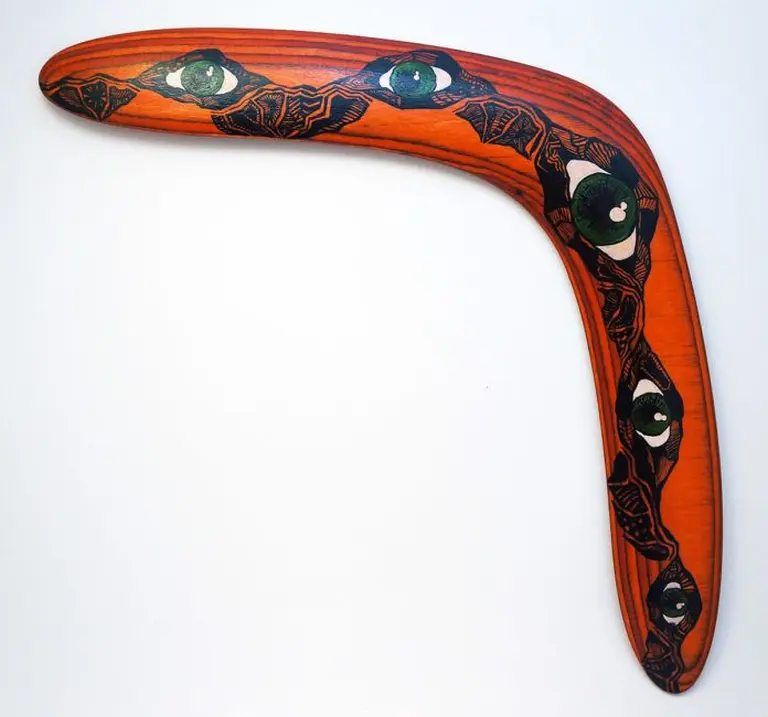
>> Sydney Opera House – A masterpiece of global architecture
Customs & Immigration Tips
- Keep your shopping receipts—items under $300 AUD are duty-free when bringing them home.
- Electronics are heavily taxed (up to 70%, excluding VAT).
- Luggage must not exceed 20kg per person to avoid excess baggage charges.
- Absolutely avoid packing items made with bird feathers, bamboo, or rattan—these are banned and may be confiscated on arrival.
Passport & Visa:
- All visitors (except New Zealand citizens) need a valid visa or Electronic Travel Authority (ETA) to enter Australia.
- Maximum stay: 1 year.
- For extensions, apply at least one month before expiry at immigration offices or multicultural service centers.
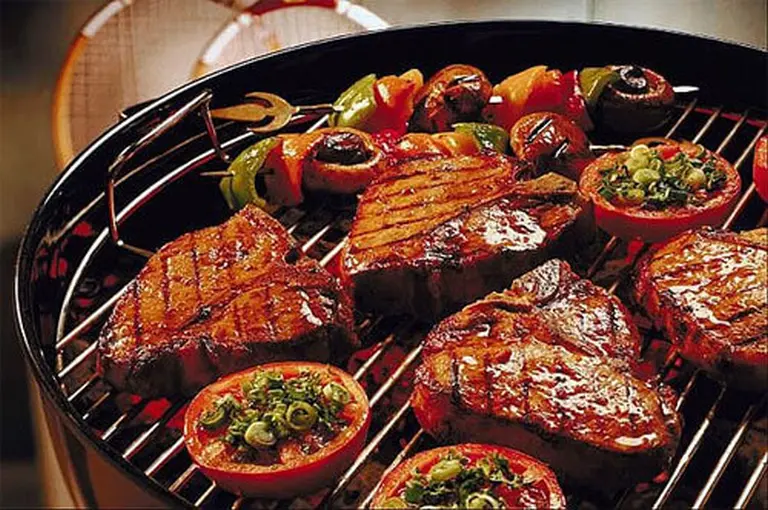
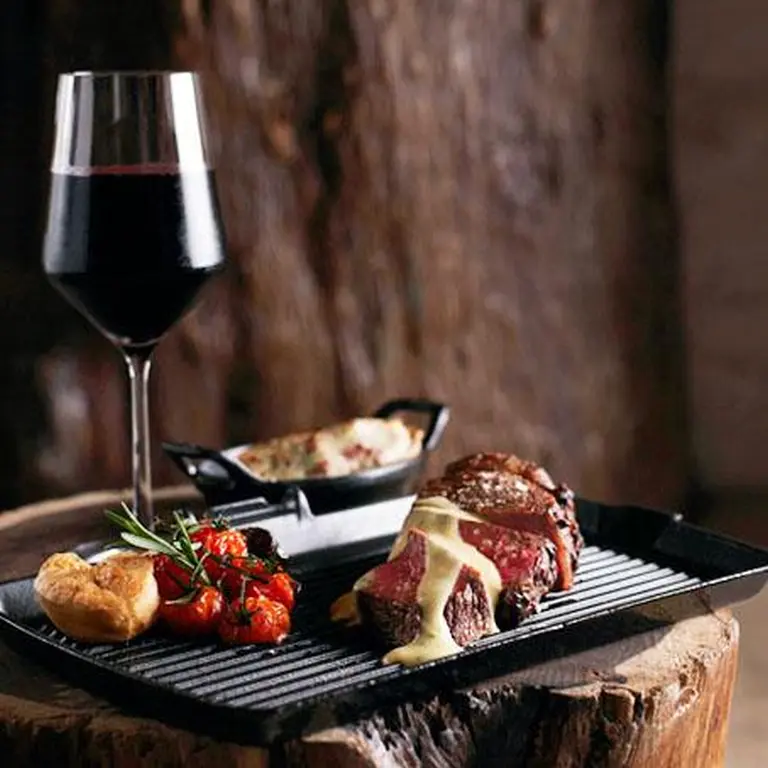
>> Melbourne – The shining gem of Southern Australia
Currency & Shopping Tips
The Australian Dollar (AUD) is the preferred and most efficient currency for shopping. It typically offers a better exchange rate than the USD.
Shopping tips:
- Ask for prices clearly in markets to avoid misunderstandings.
- Prefer shops and supermarkets with clearly labeled pricing.
- Consult your tour guide before buying big-ticket items.
- Avoid carrying too much cash or sensitive documents when shopping.
Popular souvenirs to bring home include:
- Stuffed kangaroos – a favorite with all ages
- Boomerangs – traditional Aboriginal hunting tools shaped like crescent moons
- Didgeridoos – beautifully carved wooden instruments with deep, earthy sounds
These can all be found easily in souvenir shops, especially around Melbourne.
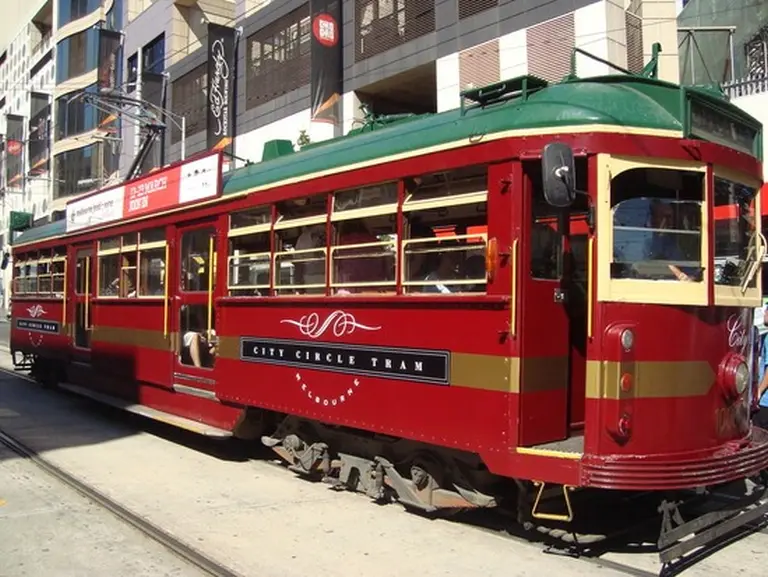
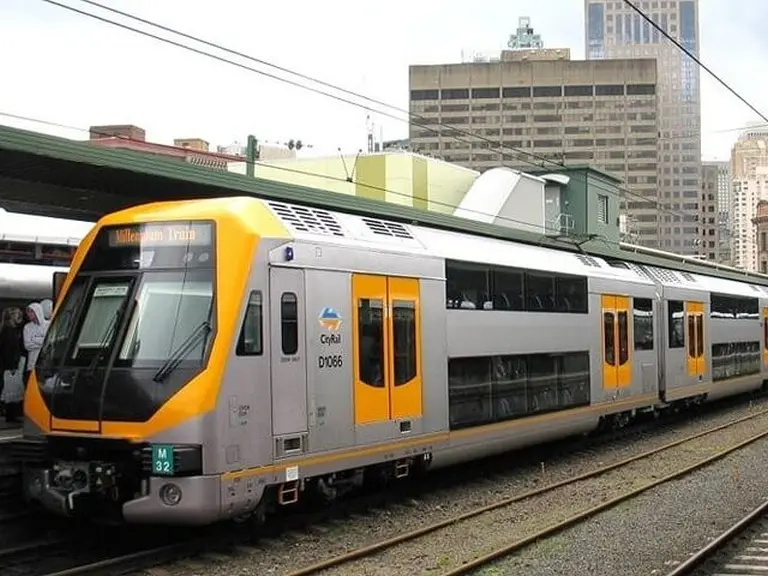
>> Lake Hillier: The mysterious pink salt lake in Australia
Accommodation & Dining
Most tours include hotel accommodations ranging from budget to luxury options. You’ll enjoy buffet breakfasts at your hotel, but you can also dive into Australia’s vibrant food scene by exploring local restaurants in Sydney and Melbourne.
And if you’re craving familiar flavors, you’ll find plenty of Vietnamese restaurants in both cities, offering comforting tastes of home.
Getting Around in Australia
Due to vast distances between cities, always make sure you have a valid visa when planning intercity travel within Australia.
Australia’s public transport system includes:
- Trains
- Trams
- Buses
In Melbourne, you can ride the city trams for free from 10 AM to 6 PM daily, a great way to explore at no cost! Buses often run late into the night, perfect for travelers with flexible schedules.
To make the most of public transport, purchase a Metcard—a convenient ticket valid for multiple transport types. You’ll find ticket machines across the city. Melbourne’s system operates in Zones 1 and 2, so check your destination before buying to ensure you get the correct pass.
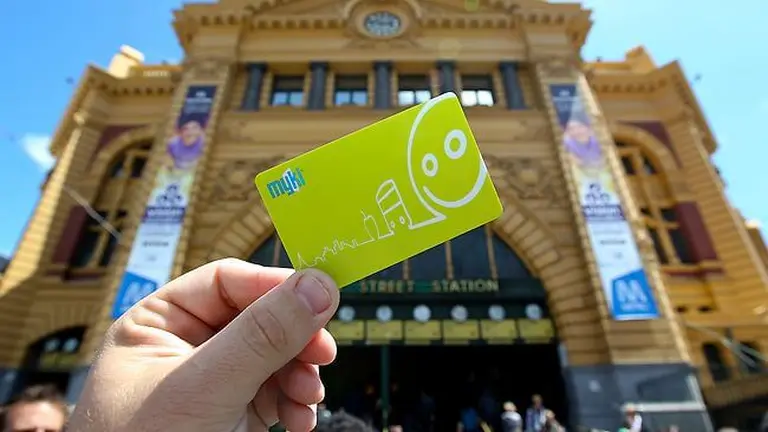
>> Devils Marbles: A stunning natural and spiritual wonder of Australia
Final Note: Enjoy Your Trip!
Australia’s blend of stunning nature, fascinating wildlife, diverse cultures, and modern convenience makes it one of the world’s most exciting destinations.
Before you go, prepare smart—travel light, stay informed, and stay curious.
Once you land, let your senses guide you. This island continent has wonders waiting at every turn.
Safe travels, and may your Australian adventure be everything you’ve dreamed of—and more!
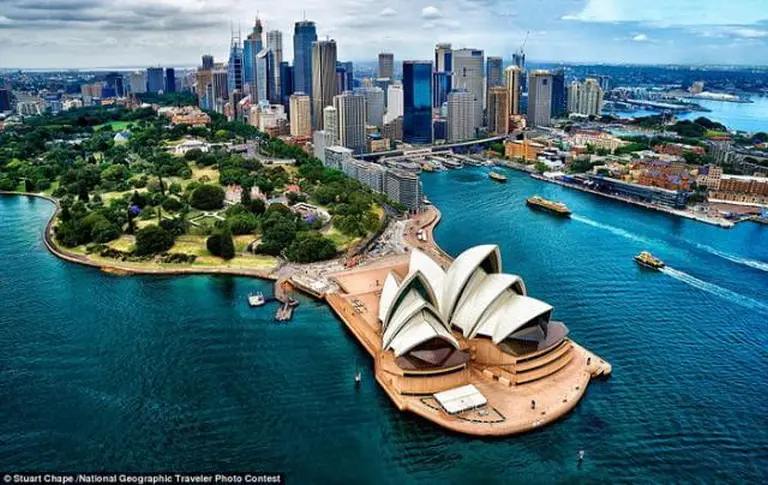
FAQ
Do I need a visa to travel to Australia?
Yes. Most travelers must apply for a visa before arriving in Australia.
There are several types:
- eVisitor visa (for EU passport holders)
- ETA (Electronic Travel Authority) for select countries like the US, Canada, Singapore, etc.
- Student or working holiday visas for longer stays
Tip: Apply online through the official Australian Government website and allow a few weeks for processing.
What is the best time to visit Australia?
Australia is a vast country with varied climates, so it depends on where you’re going:
- Summer (Dec–Feb): Best for beaches, but can be very hot in the outback or northern cities
- Autumn (Mar–May): Great weather across most regions
- Winter (Jun–Aug): Mild in cities like Sydney, cold in Melbourne, snow in the Alps
- Spring (Sep–Nov): Ideal for outdoor adventures and festivals
If you’re heading north (like Darwin or Cairns), avoid the wet season (Dec–Mar) due to rain and possible cyclones.
Is Australia expensive to travel?
It can be. Australia is known for a high cost of living, but there are ways to manage:
- Stay in hostels or Airbnbs
- Use public transport or rent a campervan
- Cook your own meals or eat at local markets
- Look for free attractions – many museums, beaches, and nature parks are free!
A daily budget can range from $70–$250 AUD, depending on your travel style.
What’s the currency in Australia?
Australia uses the Australian Dollar (AUD). Credit and debit cards are widely accepted, even for small purchases. Mobile payments (Apple Pay, Google Pay) are also popular. ATMs are easy to find in cities and towns.
Is Australia safe for travelers?
Yes! Australia is one of the safest countries to visit.
Just keep in mind:
- Wear sunscreen — the UV is intense even on cloudy days
- Swim between the red and yellow flags at beaches for safety
- Be aware of wildlife in rural areas (snakes, spiders, jellyfish, etc.)
- Tap water is safe to drink
What about internet and SIM cards?
Australia has good coverage in cities, but rural areas may have limited service.
Buy a local SIM card from providers like Telstra, Optus, or Vodafone.
Some airports sell tourist SIM cards with data packages included.
How do I get around in Australia?
- Flying is best for long distances between major cities
- Trains and buses are available but can be slow for long trips
- Renting a car or campervan is perfect for road trips (especially the Great Ocean Road or outback)
- Cities like Melbourne and Sydney have great public transport systems
Tip: Australians drive on the left-hand side of the road!
Do I need to tip in Australia?
Tipping is not expected but appreciated for excellent service.
- Restaurants: Round up or tip 5–10% if you’re happy
- Cafés, bars, taxis: Optional
No service charge is added to your bill.
What are some cultural customs or etiquette tips?
- Australians are casual, friendly, and value personal space
- A handshake and smile is the standard greeting
- Don’t confuse friendliness with flirtation – Aussies are naturally chatty
- Punctuality is respected for tours or appointments
- Be respectful to Indigenous culture and sacred sites
What should I pack for a trip to Australia?
Pack based on the region and season:
- Sunscreen, hat, and sunglasses
- Comfortable walking shoes
- Light jacket for cool evenings
- Swimwear for the beaches
- Reusable water bottle (tap water is drinkable)
- Insect repellent, especially for the north
Can I see unique wildlife in Australia?
Absolutely! Australia is famous for its wildlife:
- Koalas and kangaroos (seen at sanctuaries or in the wild)
- Unique reptiles and colorful birds
- Great Barrier Reef marine life
- Penguins, wombats, and Tasmanian devils in some areas
Reminder: Always admire wildlife from a safe distance.
Do I need travel insurance?
Yes. Travel insurance is highly recommended, especially for:
- Medical emergencies
- Cancellations
- Lost baggage or belongings
Healthcare in Australia is high quality, but can be costly without coverage.
Final Tip: Australia is huge – don’t try to see it all in one trip. Focus on a region (East Coast, Outback, South, or Top End), and take time to enjoy its nature, people, and laid-back charm.
Bonus Travel Tips:
- Time Zones: Australia spans multiple time zones, and daylight savings may vary
- Outback Travel: Always carry water, tell someone your route, and fuel up
- Legal Drinking Age: 18 years
- Power Plug: Type I (240V) – bring an adapter if needed

